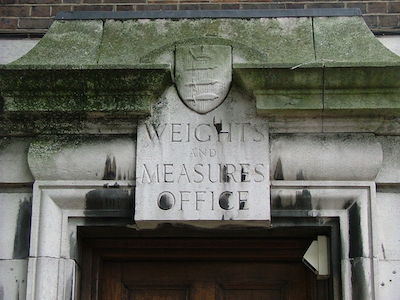History, Usage, and Types of Rulers
The instrument that can be used for measuring distances or to draw straight lines in geometry, printing, technical drawing, and many other things is known as a ruler.
Throughout history, humans have mainly taken their body parts as measuring units. Such units are foot, hand, or cubit. In France, for easier measuring, the metric system was invented, and by the end of the 18th century, the majority of the countries of the world adopted it. For more than four thousand years people are using things to help them measure various things.

If you want to convert 1 liter to oz click here
A measuring rod made of the copper alloy was the first ruler and it dated from 2650 BC. Eckhard Unger, a German Assyriologist found that measuring rod. Ivory rulers were used by the Indus Valley Civilization in 1500 BC. Some findings in Lothal confirmed that there was a ruler which was 4400 years old and was calibrated to 1.6 millimeters. The ruler of Mohenjo-Daro has accuracy within 0.13 millimeters. The first flexible ruler was made in 1902 and the first folding ruler was invented by Anton Ullrich.
Types of Rulers
Rulers come in various sizes, shapes, and materials. Some of those materials are wood, metal, and plastic. Metal, as a stronger material, is often used for workshop rulers. Rulers that are made of wood are mainly used for office work. Rulers can be made in different sizes. A desk ruler’s usual size is 30 cm. Size of the longer ruler is 45 cm. There are also carpenter rulers that can be folded in a zig-zag shape and small rulers that can fit in a pocket. Yardsticks (1 yard) and meter sticks (1 meter) are in use for larger measuring distances, but today it is more and more substituted by laser rangefinders and tape measure.
Three main usages of desk rulers are to draw lines, to measure, and as a straight guide for cutting with a sharp blade.
In the printing industry, a line gauge ruler is mostly used. On this kind of ruler units are millimeters, inches, agate, picas, and points.
Convert mm to feet. Click here

A shrinkage ruler is one of the specialized rulers. This type of ruler is designed for making a wooden mold for a metal barely bigger than the finished product because of the metal’s shrinkage rate.
Rulers are not always used for measuring straight lines. Occasionally, like in the tailoring industry, it is necessary to measure a person’s waist measurements, for instance, so for that purpose, there is a folding measurement instrument.
There is also a ruler software, a virtual ruler, or a screen ruler. It can be used to measure pixels on mobile phones or computers. As opposed to that, there is also a ruler for drawing curved lines. That kind of ruler is named a French curve. There is also a flexible appliance known as a flexible curve or a flat spline which can be bent into a desirable shape.
If you want to use a converter of units of measurement for free, click here


